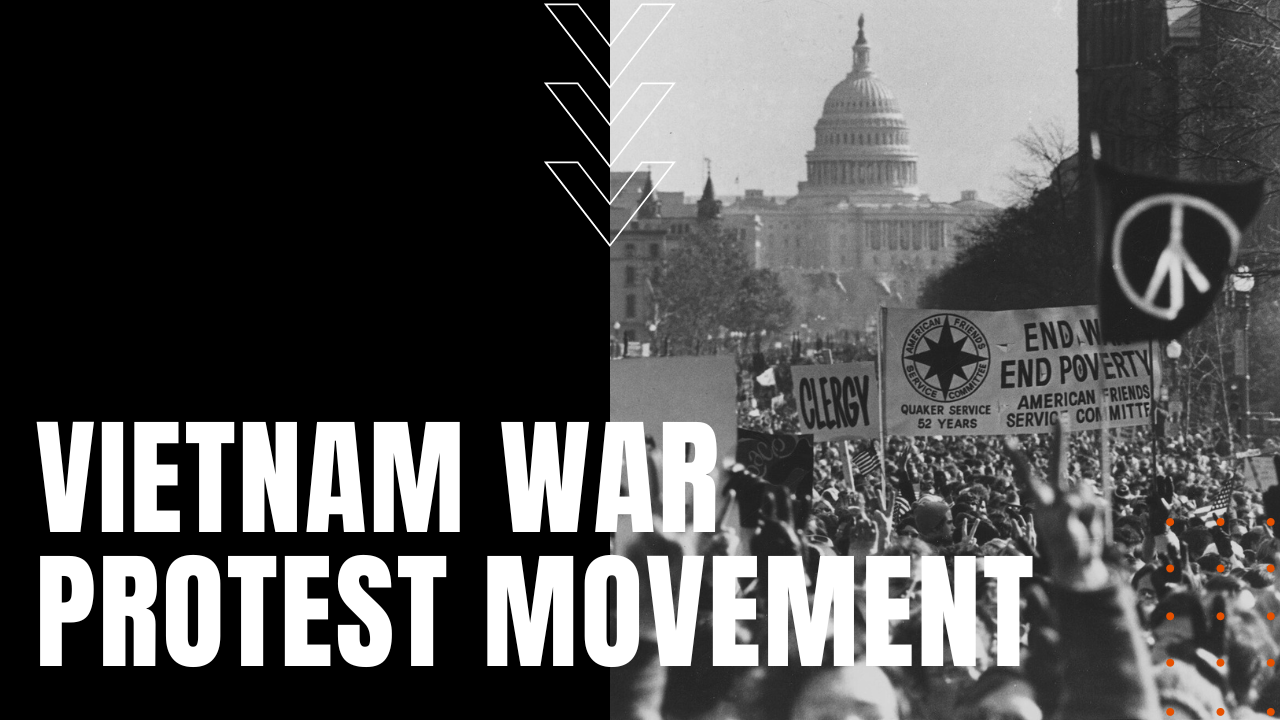The Vietnam War Protest Movement

The Anti-Vietnam War Movement began in earnest 1960, when 1,100 Quakers surrounded the Pentagon for two days of silent protest against the war, followed by anti-war protests in England and Australia in 1963.
High Water Mark Reached Early
The largest of the war occurred on April 17th, 1965, when 15-25,000 protesters marched on Washington, D.C., while on May 17th, 1968, nine Catholic Priests—now known as the Catonsville Nine—broke into a local draft board office in Catonsville Maryland, stealing 378 draft notices for young men in the 1-A category, who were most likely up next to get drafted into the war, burning them in a soup of homemade napalm, at the same time propelling their civil disobedience to viewers around the world.
Worldwide Protests
Despite the overwhelming violence and distractions of the late 1960s, major protests around the world continued to accelerate with each passing year of an unjust war—24 in 1968, 16 in 1969, 20 in 1970 and a combined 21 in 1971 and 72. During the peak years of the Vietnam War, Americans witnessed protesting throngs of largely hippyesque-looking young Americans, leading the media and federal officials to attach the anti-war movement with the counter culture hippy movement, doing much to silence conservative voices that might otherwise have supported the moral bent of the movement. Insert veterans tossing away their medals.
Nixon Expands the War
On April 30, 1970, after President Richard Nixon announced the war’s expansion into Cambodia, on May the 1st, students at 900 U.S. high school and university campuses began an anti-war protest strike, which escalated rapidly after the May 4th Kent State Massacre, when 29 national guardsmen opened fire on peaceful anti-war protesters at Kent State University, killing Allison Krause, Sandy Scheuer, Jeffrey Miller and William Knox Schroeder. Two of the victims—Scheuer and Schroeder—had been walking to class when they were struck by stray bullets, making the Vietnam War protest movement, a time of deep division in America and the free world at large.
